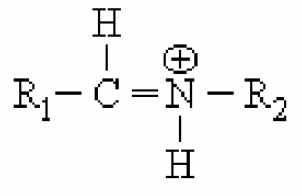#Question id: 10496
#Unit 6. System Physiology – Plant
Blue light–stimulated stomatal opening is abolished by green light in the 500 to 600 nm region of the spectrum,what are these alphabet showing in the graph?
#Question id: 10497
#Unit 6. System Physiology – Plant
Blue light stimulated opening of stomata, closing of stomata is also takes place by many other such mutants and mechanisms such as,
a.) npq1 mutants leads to closing of stomata
b.) In high PPFD leads to conversion of violaxanthin to zeaxanthin which will leads to closing of stomata
c.) Green light in the 500 to 600 nm region of the spectrum, abolishes the opening of stomata
d.) Mutant of phototropin 1 & 2 (PHOT1/PHOT2) leads to closing of stomata
e.) Starch content in the guard cell decreases during closing of stomata at the end of the day
Which of the following given statements will be correct for closing of stomata?
#Question id: 10498
#Unit 6. System Physiology – Plant
Which one of the following inhibitor that inhibits blue light–stimulated stomatal opening and the inhibition is concentration dependent, while does not block red light–stimulated opening.
#Question id: 10499
#Unit 6. System Physiology – Plant
Stomata from intact, attached leaves of Arabidopsis illuminated with blue, red, and green light in a growth chamber, increases and decreases their aperture in response to light.
Find the CORRECT statements from the above graph.
i) Stomatal aperture increases when the green light is turned off, and close when the green light is turned on again
ii) Stomata from the phototropin-less double mutant phot1/phot2 respond to blue light and open further when green light is turned off
iii) stomata from the zeaxanthin less mutant npq1 do not respond to blue light and least effect to opening of the stomata further when green light is turned off
iv) the npq1 mutant and phot1/phot2 double mutant response indicate that the green reversal of the blue-light response requires zeaxanthin but also phototropin
#Question id: 10500
#Unit 6. System Physiology – Plant
Orange carotenoid protein (OCP) is involve in the photoprotection, these protein complex function as light intensity sensor provides;
#Question id: 10501
#Unit 6. System Physiology – Plant
Which defenses require specific detection systems and signal transduction pathways that can sense the presence of an herbivore or pathogen and alter gene expression and metabolism accordingly

